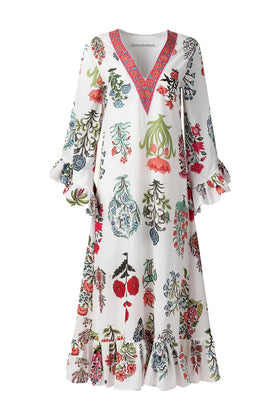Archaeologists have found evidence of the native people and what would become America creating jewelry from the stones, shells, and other natural materials as far back as 10,000 years ago. As the millennia went on, turquoise jewelry became one of the more prominent varieties made specifically by tribes in the Southwest. This was, after all, where the turquoise stone was naturally found in some quantities.
Native people in the Americas have been creating jewelry to decorate themselves and to give to others for an exceptionally long time. Some of the earliest stone tools found were drills that could create holes in natural materials like stone, antlers, shells, bone, and porcupine quills. Although many different types of stone were used, turquoise quickly became one of the most important for a handful of groups in the Southwest. The main turquoise jewelry makers were the Navajo, Hopi, and Zuni.
Although the Navajo, Hopi, and Zuni have been mentioned elsewhere in this article, they are not the only first Nations that created turquoise jewelry in history. Because of the popularity of the beautiful blue-green stone, other tribes used it as well. However, these are the largest, most well-known, and the ones who have continued the artistic tradition for the longest.
Navajo – This nation was the first to adopt the Europeans silversmithing methods. They used this new ability to create some of the most iconic jewelry pieces still found today. They used large chunks of turquoise in rather rough styles, especially for rings and bracelets. However, they also perfected the more delicate arts of inlay work, which is now quite popular for necklace pendants and charms. Some of the common motives include squash blossoms, flowers and plants, and beadwork.
Hopi – The artists in this tribe also used their silversmithing abilities to create unique jewelry pieces with a distinctive look and feel. They were well-known for an overlay style that created a three-dimensional silver pattern that often mimicked the look of their textiles and pottery designs. Turquoise was considered a source of protection and was used in both jewelry and home accents quite frequently.
Zuni – Both very delicate beadwork and large chunky stone fetishes are symbolic of the Zuni style. They worked with inlaid chips of turquoise and exquisitely carved beads that would be stitched together with precision and care. The sacred turquoise was occasionally used for small carved figurines or fetishes that offered protection and decoration.



